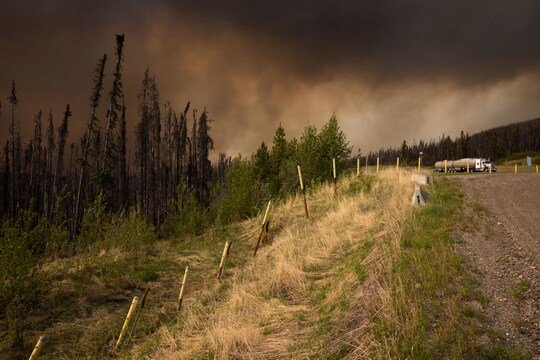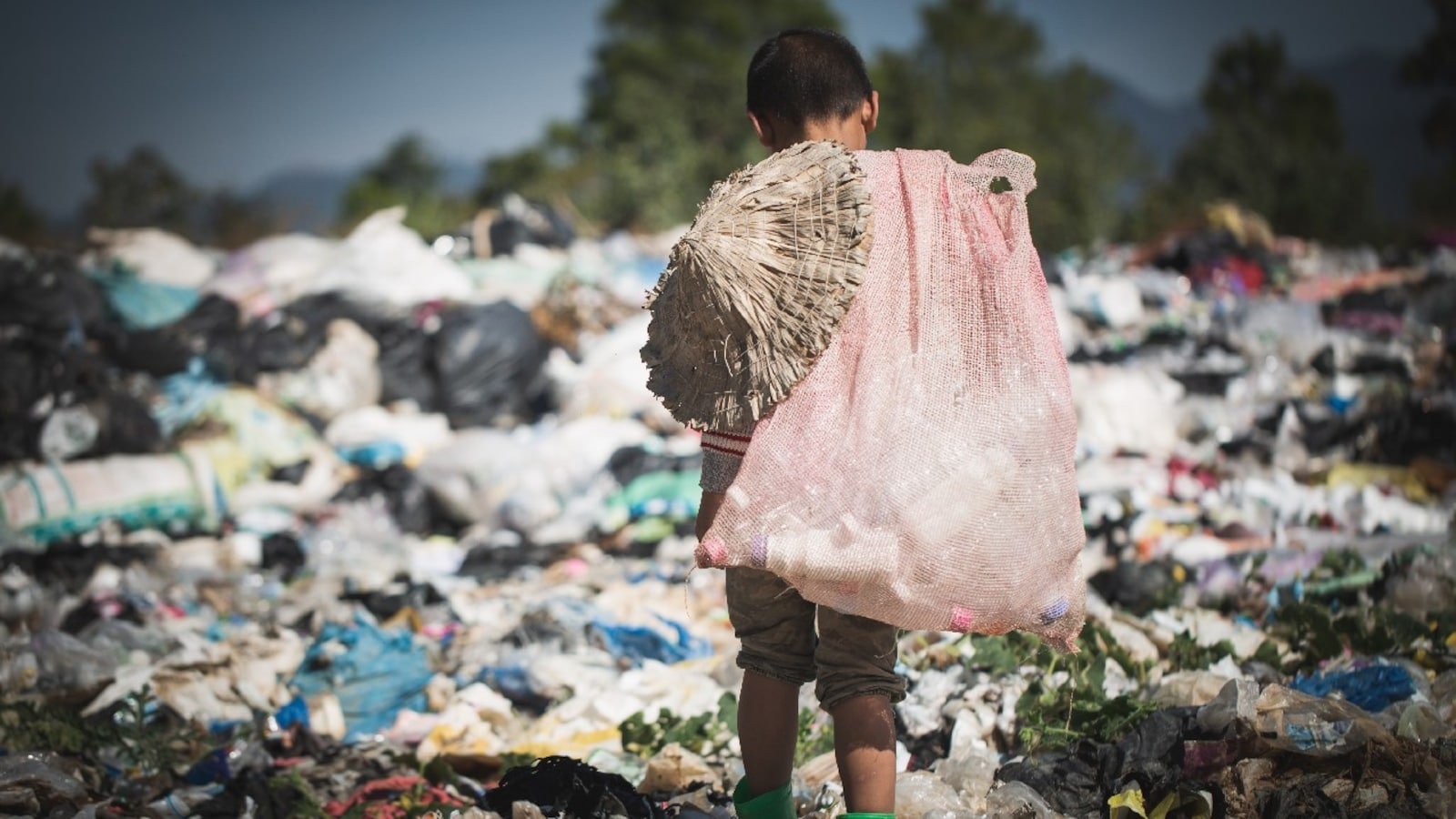The United States of America has continued to battle poor air quality in the aftermath of the Canadian wildfires and the resultant smoke which continues to cause hazy conditions across the US.
Ongoing Canadian Wildfires
Over 200 wildfires are currently burning across Canadian provinces like Manitoba, Saskatchewan, Alberta, Ontario, and British Columbia, sending smoke into the United States, leading to concerns over air quality as Canadian authorities struggle to suppress these fires.
Although Canadian authorities have mobilized a “full response” to most of the fires, which means firefighters including those from the US are actively trying to suppress them, the majority of the fires are expected to continue growing, and some are being observed and analyzed without an immediate response, the Canadian Interagency Forest Fire Center (CIFFC) said.
Severe winds and smoke have complicated suppression efforts, significantly impairing visibility, and remote areas with tall flames pose significant challenges for the deployment of firefighters, according to wildfire researchers in Canada.
Air Pollution Spread
The US Department of Environmental Services has declared an air quality action day for Thursday. It also issued an air quality alert for coastal Rockingham County bordering canada, which includes Hampton Beach.
States such as New York, Connecticut, Illinois, and Michigan have also issued air quality alerts, advising residents to limit outdoor activities after air quality in certain areas reached “very unhealthy” levels, posing health risks, especially to vulnerable populations.
The Environmental Protection Agency said that particle pollution — consisting of a mixture of solid and liquid droplets in the air — is a major part of wildfire smoke, “and the principal public health threat.”
“Individuals at greater risk of health effects from wildfire smoke include those with cardiovascular or respiratory disease, older adults, children under 18 years of age, pregnant women, outdoor workers, and those of lower socio-economic status,” the EPA added.
The smoke from the Canadian wildfires is reported to have also spread to Europe, resulting in hazy skies but currently has no impact on surface-air quality, according to European climate service Copernicus.





















